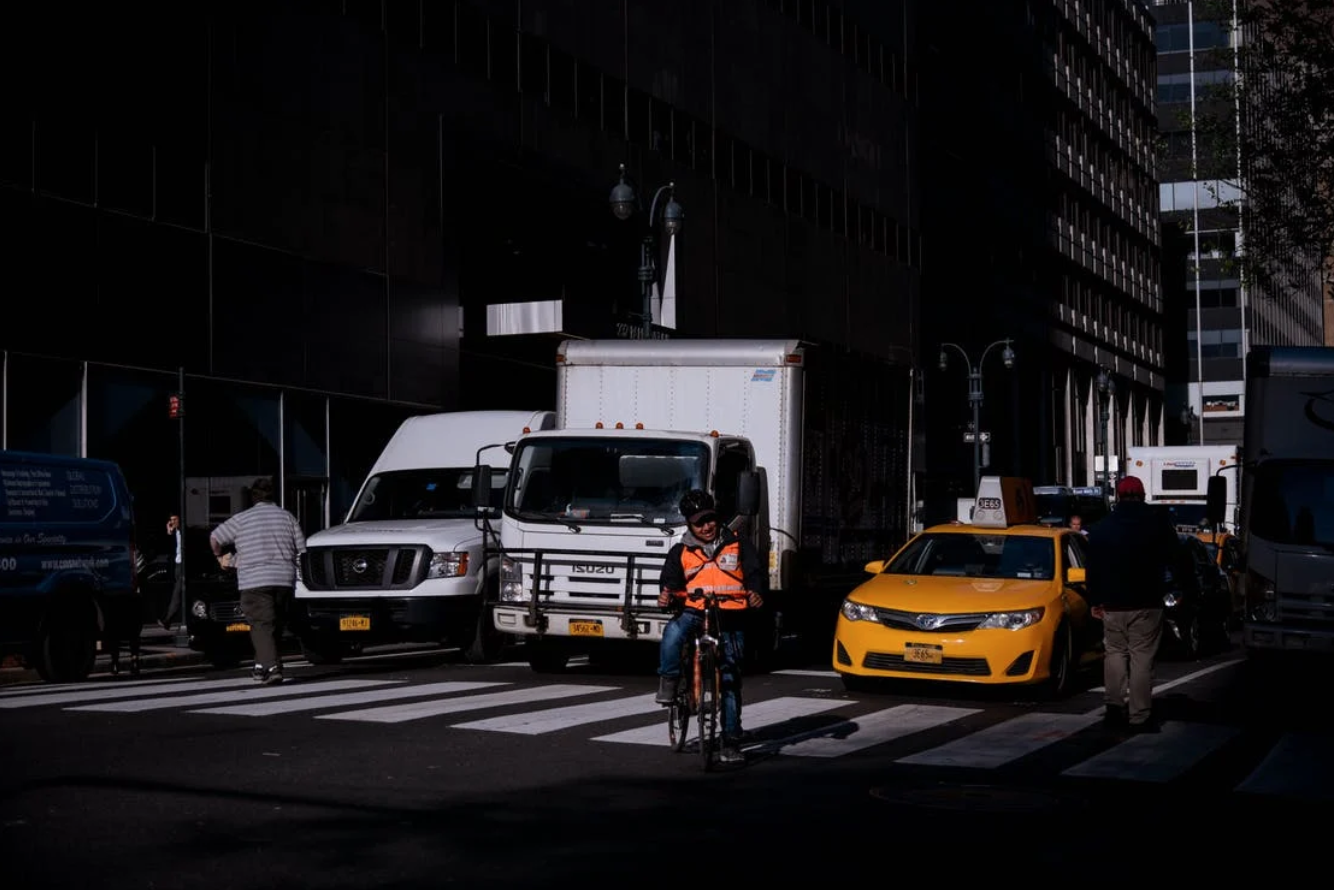The timeline for a pedestrian accident claim settlement varies widely, ranging from months to several years.
Pedestrian accidents can result in severe injuries, significant medical expenses, and emotional trauma. Victims often wonder how long it will take to resolve their claims and receive compensation. The timeline for settling a pedestrian accident case varies depending on multiple factors, including the severity of injuries, liability disputes, and insurance company negotiations. Understanding the legal process can help victims manage expectations and make informed decisions.
Below is a detailed breakdown of the stages of settling a pedestrian accident claim and the factors that influence the timeline.
Immediate Post-Accident Steps
The first steps after a pedestrian accident are critical in building a strong case. These steps include:
Medical Treatment and Documentation
Seeking immediate medical attention is essential, even if injuries seem minor. Some injuries, such as concussions or internal bleeding, may not show symptoms immediately. As such, medical records serve as crucial evidence linking injuries directly to the accident.
Police Report and Evidence Collection
A police report is a critical piece of evidence in pedestrian accident claims. It can provide an official, unbiased record of the incident, including key details such as the date, time, location, involved parties, and the responding officer’s preliminary assessment of fault. Witness statements documented in the report can also strengthen a victim’s case by corroborating their version of events.
Furthermore, victims should proactively gather their own evidence to support their claim. For example, photographs of the accident scene—including vehicular damage, traffic signals, skid marks, and road conditions—can help reconstruct the incident. Contact information from witnesses ensures their testimony can be obtained later if needed. Surveillance footage from nearby businesses or traffic cameras may also provide crucial visual evidence, but it must be secured quickly before it is overwritten.
The sooner evidence is collected, the stronger the case becomes. Therefore, seeking legal help for pedestrian accident victims in Utah or similar locations can significantly impact the outcome of a case. An experienced attorney can navigate complex legal procedures, gather evidence, and advocate for fair compensation.
Determining Liability
Establishing fault is a key factor in pedestrian accident claims. Below are the factors to consider when determining liability:
Investigating the Accident
Insurance companies and attorneys conduct thorough investigations to determine negligence in pedestrian accidents. They examine driver behavior, such as speeding, running red lights, or distracted driving, and pedestrian actions like jaywalking or ignoring crosswalk signals. Evidence such as police reports, witness statements, and traffic camera footage is also analyzed. The findings can influence settlement negotiations or court proceedings, making a detailed investigation crucial for establishing fault.
Comparative Negligence Laws
Many states have comparative negligence laws. For instance, states like Utah follow modified comparative negligence laws, meaning a pedestrian’s compensation decreases if they share fault. For example, if a victim is 20% responsible, their recovery is reduced by 20%. If they’re 50% or more at fault, they may receive nothing. An experienced attorney can challenge unfair blame and negotiate to minimize fault attribution, ensuring the maximum possible compensation for the injured party.
Filing an Insurance Claim
Most pedestrian accident claims begin with an insurance claim against the at-fault driver’s policy. Insurance adjusters typically attempt to settle claims quickly and for minimal amounts. Unfortunately, victims should avoid accepting early settlement offers before fully assessing their damages.
Furthermore, insurance companies may delay settlements by requesting excessive documentation or disputing liability. Having legal representation expedites the process.
Medical Treatment and Recovery
The duration of medical treatment directly affects settlement timelines. For instance, settling before reaching MMI can result in underestimating future medical costs. Hence, doctors determine when a patient’s condition stabilizes, which can take months or even years in severe cases.

Moreover, final settlement amounts should account for past and future medical bills, lost wages and reduced earning capacity, and pain and suffering.
Settlement Negotiations
Once liability is clear and medical treatment is complete, settlement discussions begin. The attorney drafts a demand letter outlining the victim’s injuries, damages, and compensation expectations. The insurance company may also respond with a counteroffer.
On the other hand, negotiations can take weeks or months, depending on the case’s complexity. If both parties agree, a settlement is reached.
Filing a Lawsuit (If Necessary)
If negotiations fail, filing a lawsuit may be necessary. The litigation process includes the following steps:
- Complaint Filing: The victim (plaintiff) files a lawsuit against the at-fault party.
- Discovery Phase: Both sides exchange evidence and take depositions.
- Mediation/Arbitration: Courts may require alternative dispute resolution before trial.
- Trial: If no settlement is reached, the case goes to trial, extending the timeline significantly.
As such, the lawsuit timeline can affect the legal timeline in setting a pedestrian accident promptly.
Receiving Compensation
Once a settlement or verdict is reached, compensation is disbursed. Insurance companies typically issue payments within 30 days of settlement approval. Court-awarded judgments may also take longer if appeals are involved.
Factors That Influence Settlement Duration
The time it takes to settle a pedestrian accident claim depends on several key factors. For example, severe injuries typically require extended medical treatment, delaying settlement until the full extent of damages is known. Disputed liability—when fault is unclear—leads to prolonged investigations and negotiations. Insurance companies may intentionally drag the process to pressure victims into lowball offers.
However, experienced legal representation can accelerate negotiations, counter delays, and ensure a fair resolution.
Conclusion
The timeline for a pedestrian accident claim settlement varies widely, ranging from months to several years. Victims should prioritize medical recovery while ensuring their legal rights are protected. Consulting an experienced attorney early can help expedite claims and secure fair compensation. Lastly, by understanding each stage of the legal process, victims can navigate their cases with confidence.


Join the conversation!